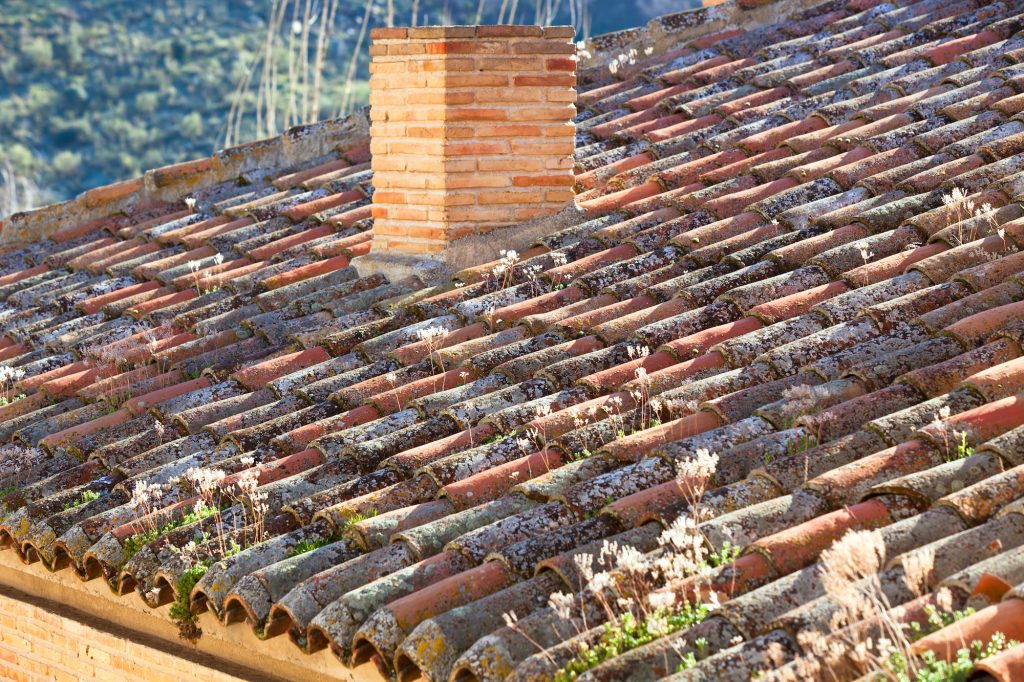The roof is one of the most essential components of a building, protecting us from the elements and providing shelter. Throughout history, roofing has evolved in various ways, from simple thatched roofs to the modern-day materials and techniques we use today. This article aims to explore the history of roofing from ancient times to the present day.
From primitive shelters to sophisticated buildings, people have been building roofs for thousands of years. Over time, the materials and techniques used for roofing have evolved, with each new generation building upon the successes and failures of their predecessors.
Ancient Roofing Techniques:
In ancient times, people used whatever materials were available to them to build their roofs. For example, in ancient Egypt, flat roofs were made of mud bricks and timber beams, while in the Middle East, palm leaves were used to create thatched roofs. In ancient Greece and Rome, terracotta tiles were a common roofing material.
In the Americas, the native people used bark and thatch to make their roofs. Thatch, in particular, was a popular material across the world due to its abundance and low cost. Thatched roofs were often made by weaving bundles of straw, reed or grasses together and laying them on top of a timber frame.

Medieval Roofing:
During the medieval period, more complex and ornate roofs became popular. Stone was used to create vaulted and domed roofs, while wood shingles were also used in Europe. The Tudor style in England, for example, featured elaborate wooden roofs with decorative elements such as pendants and finials.

The Industrial Revolution and Beyond:
The Industrial Revolution brought significant changes to the roofing industry. With the development of new machinery, it became possible to mass-produce materials like slate and clay tiles. This made it easier and more affordable to create more durable and decorative roofs.
In the early 20th century, new materials such as asphalt shingles and metal roofing were developed, making roofing even more accessible and affordable. These materials were more durable and required less maintenance than traditional roofing materials, and they are still widely used today.

Modern Roofing Techniques:
Today, roofing technology has advanced significantly, and many different types of roofing materials are available. Some of the most popular materials include:
- Asphalt shingles: these are the most common roofing material in North America due to their affordability and durability.
- Metal roofing: often made from steel, aluminium, or copper, metal roofing is durable, long-lasting and recyclable.
- Concrete tiles: these are heavy and durable, and can be made to resemble other materials like slate or wood.
- Green roofs: these are covered in vegetation and provide insulation, reduce rainwater runoff, and provide a habitat for wildlife.
FAQs:
- What were some of the earliest roofing materials?
- Some of the earliest roofing materials included thatch, palm leaves, and terracotta tiles.
- When were asphalt shingles first developed?
- Asphalt shingles were first developed in the early 20th century.
- What are some of the most popular modern roofing materials?
- Some of the most popular modern roofing materials include asphalt shingles, metal roofing, concrete tiles, and green roofs.
Conclusion:
Roofing has come a long way from its early beginnings, and today’s materials and techniques have made it easier and more affordable to create durable and functional roofs. From the simple thatched roofs of ancient times to the sophisticated, eco-friendly green roofs of today, roofing technology has continuously evolved and improved to meet the needs of modern society.
One of the most significant changes in the roofing industry has been the development of sustainable roofing options. Green roofs, for example, are becoming increasingly popular due to their numerous benefits. They provide insulation, absorb rainwater, and provide habitats for birds and insects, making them an eco-friendly and sustainable choice for homeowners and businesses alike.
The roofing industry is constantly evolving, and new materials and techniques are continually being developed. In the coming years, we can expect to see even more advancements, including improved energy efficiency and smarter roofing systems that integrate with other building technologies.
In conclusion, the history of roofing from ancient times to the modern-day is a testament to human ingenuity and creativity. From the simple mud-brick roofs of ancient Egypt to the sophisticated metal and green roofs of today, roofing has continuously evolved to meet the needs of society. As we look to the future, it is exciting to think about what new roofing technologies will be developed to meet the changing needs of our world.
